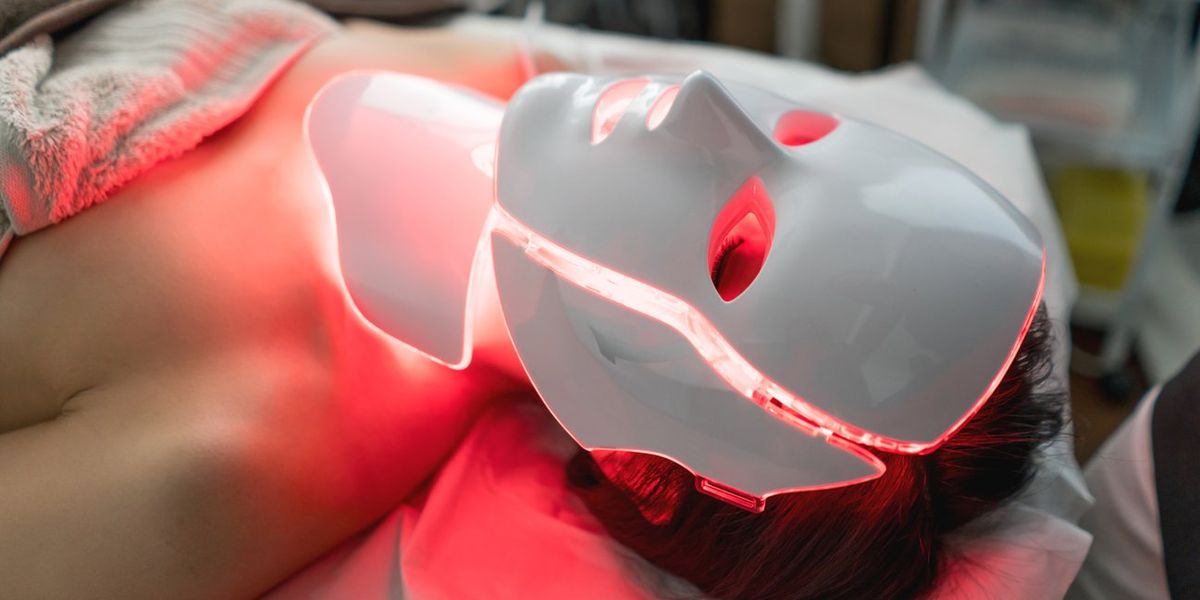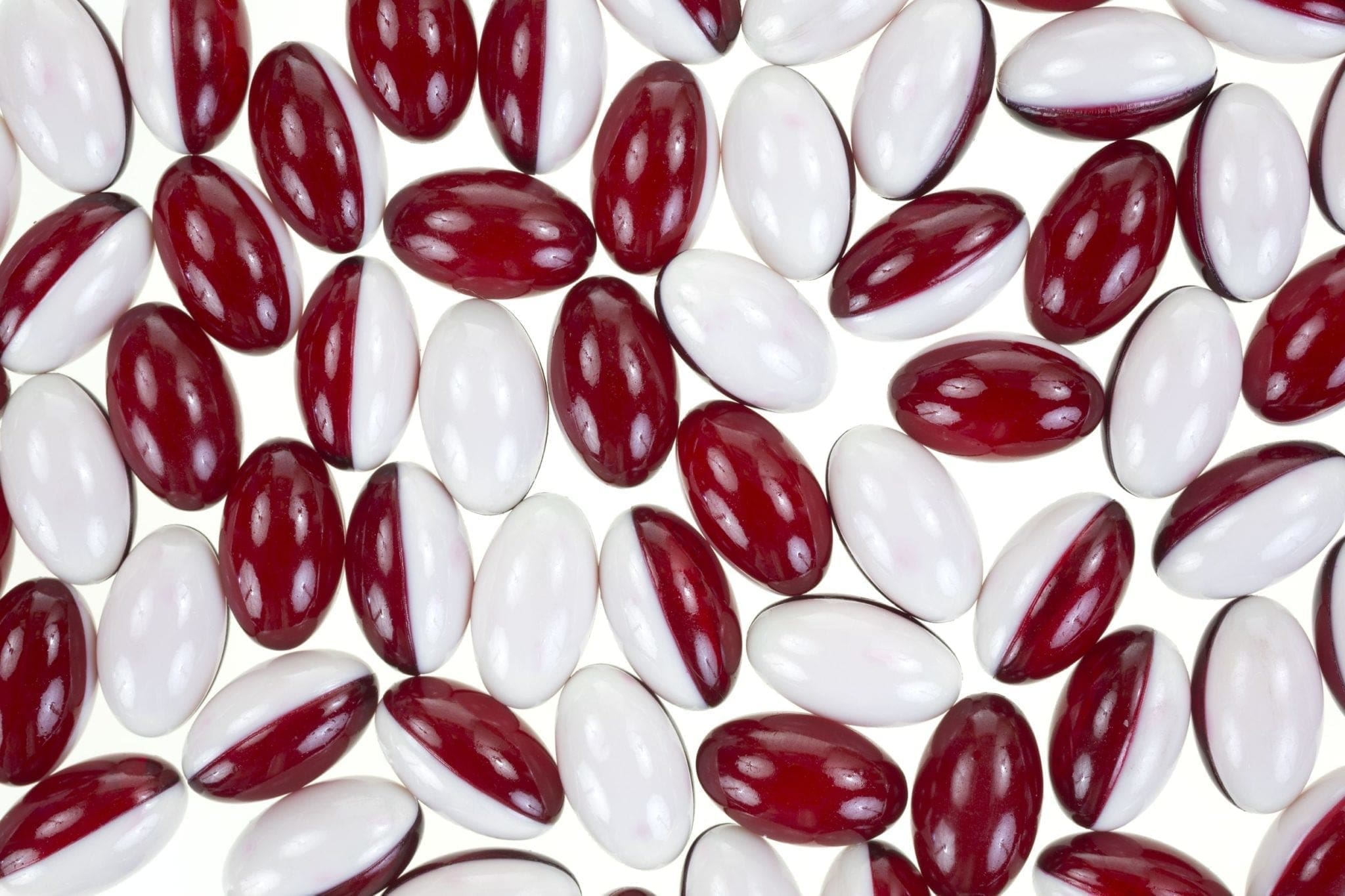
I don’t know Katy Perry personally, but I saw her show in Las Vegas and her skin looked amazing. She was so glowing that I almost didn’t notice her iconic whipped cream canister bra because I couldn’t stop staring at her face.
I know celebrities aren’t like us and it takes a lot of talented people to achieve a spectacular glow like Perry’s. But when she recently raved about red light therapy for her gorgeous skin, it was the ultimate celebrity secret I’d been waiting for.
Could it be true that we’re all just one red light away from having perfect skin like Perry’s?
Well, not exactly. But research has shown that red light therapy can help reveal smoother skin and reduce fine lines and wrinkles. “It won’t have the effect of a facelift or give you the same kind of volume you’d get from filler, but your skin may feel more rejuvenated,” said Elizabeth Liotta, MD, a board-certified dermatologist and member of HealthyWomen’s Women’s Health Advisory Board.
What is red light therapy?
You’ve probably seen red light therapy advertised on social media as a glow wand, panel, or mask. Or if you followed NASA in the ’90s, you might remember when it made headlines as a way to help astronauts heal their wounds.
Either way, red light therapy involves a device that projects LED (light-emitting diode) light onto the skin. Low levels of red or near-infrared light help promote cell turnover for healing and can improve overall skin texture and tone.
Benefits of red light therapy
““The data shows that red light therapy increases collagen and blood circulation and decreases inflammation,” Liotta said.
In addition to collagen boosting for fine lines and wrinkles, red light therapy can be used on the face and body to help treat many skin conditions including:
Red light therapy can also help relieve pain and promote healing for a variety of health conditions, including:
- Arthritis
- Mouth sores
- Tendinitis
Treatment for certain conditions, such as skin cancer, must be done in a doctor’s office. But a big part of the reason red light therapy is so trendy right now is because it can be done at home.
Red light therapy at home
Choosing a red light therapy device is the tricky part. There are many options available. When looking for devices for the face, board-certified dermatologist Dr. Lauren Fine recommended a mask rather than something smaller, like a wand or blade-type device. “It makes more sense to buy the mask unless you’re only focusing on a small part of your face,” she said. “Smaller, manual wands are harder to use and there’s more room for error.”
Regardless of which device you decide to use, Fine said it’s important to look at wavelength and nanometers. “For anti-aging purposes, if it’s not in the 600 to 630 nm range, you’re looking at a wavelength that’s not in the 600 to 630 nm range,” she said. [nanometers] “If you expand the range, it will be a waste of money – it won’t have that collagen-boosting effect.”
If you are looking for something stronger or to help with recovery or pain in the body, wavelengths measuring 800 nanometers and above penetrate deeper into the tissue and can reduce inflammation.
If the device doesn’t display nanometers at all, Fine said to look for one that does.
When considering a specific brand, a little research can go a long way. The Food and Drug Administration has approved several red light therapy devices. You can also check with your health care professional for a recommendation and read online reviews before purchasing a device. Liotta noted that you don’t have to purchase the most popular or most expensive one to get results. “Some companies have a great marketing strategy, but red light is really tried and trusted,” she said.
Potential dangers of red light therapy
Many people can benefit from a little red light therapy, but there are a few things to keep in mind before you start applying the glow. “Overall, these treatments are extremely safe, gentle and effective, but some people are sensitive to the effects of heat on the skin. So, if someone is prone to dark spots or hyperpigmentation, I would be cautious about using a full-face mask,” Fine said.
Check with your doctor before trying red light therapy if you are taking medications that make you sensitive to sunlight or if you are pregnant or receiving radiation or chemotherapy.
Before using any red light device, Liotta recommends reading the instructions carefully, as they vary in terms of when to use it and how many days per week it can be used. Keep in mind that your skin should not feel hot or burning when using a red light device. If that happens, do not use it again.
Overall, if your skin needs a boost, RLT can be an easy way to take care of it. “It’s a little touch-up that can make you look a little firmer and brighter,” says Liotta.
Articles from your site
Related articles on the Web






